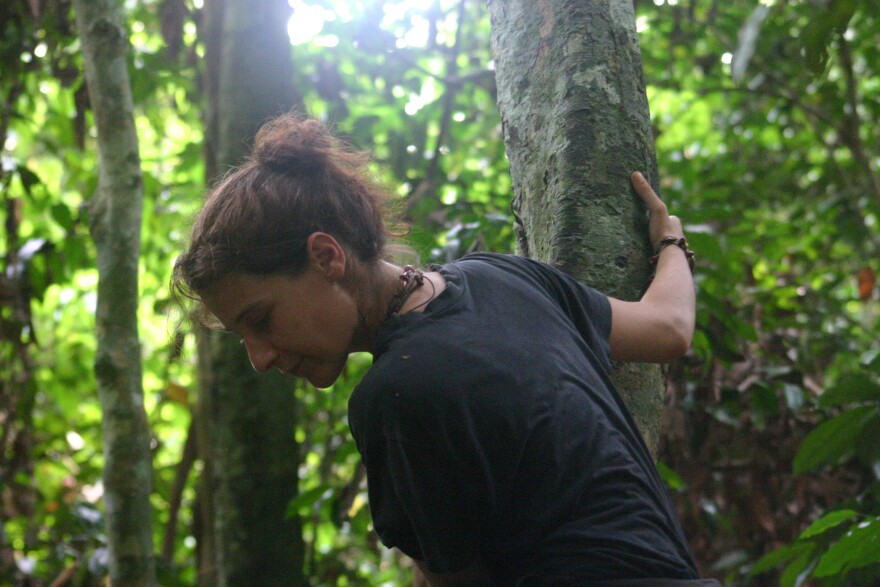In the recent movie “War for the Planet of the Apes, University of Georgia Professor Roberta Salmi provided gorilla vocal recordings to enhance the movie.
Professor Salmi, an assistant professor in the UGA Anthropology Department, was contacted in October of 2016 by the movie sound director, Douglas Murray. Murray had learned about her from a Wired Magazine article describing her research on vocal communication of wild western gorillas. Salmi explained that the research she conducted allowed her to do close work with gorilla communities.
“I went in Mondika Research Center which is situated on the border between Central African Republic and the Democratic Republic of the Congo,” Salmi said. “I was there with one of the few habituated gorillas group so that i was able to stay very close for the entire day recording their calls. There I was able during 18 months to collect enough calls to do a quantitative study about their vocalizations.”
This wasn’t the first time Salmi was contacted by Murray for expertise and collection of gorilla vocals. Back in 2014, Murray first reached out to Salmi before the release of the "Dawn of the Planet of the Apes.” Murray explained to Salmi even though the movie was nearly finished, they wanted to make the apes' vocalizations sound more realistic.
For the recent movie, “War for the Planet of the Apes”, Salmi explained that she was able to assist more in sharing her knowledge on the gorilla vocals.

“The interesting thing is that in the second one, 2016, I was contacted early on so he was able to ask me more questions about their behaviors, their vocal productions,” Salmi explained. “So I was able to tell them which calls may be aggressive and which one may be used in a non-aggressive contact so during affiliative behaviors.”


